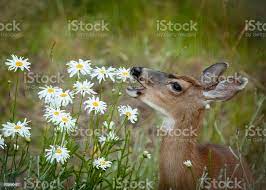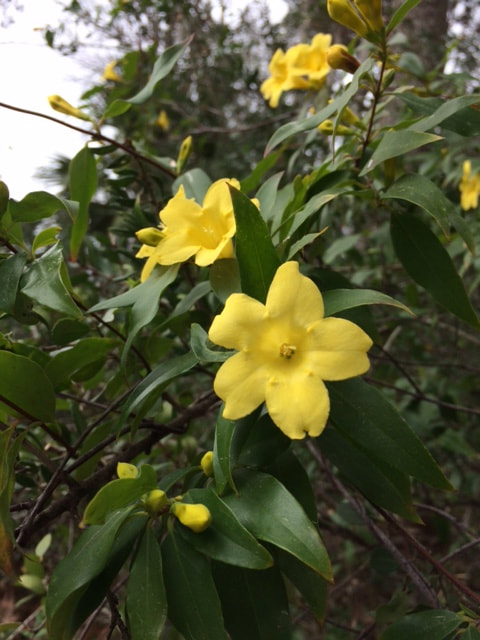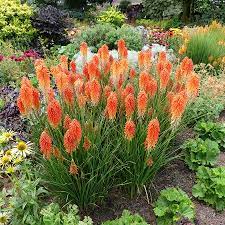 "So, lets look at deer behavior and how we can make our gardens NOT their favorite place to dine. Deer have poor eyesight, but a good sense of smell. They also react to movement more than an inert object. They are opportunistic browsers and that means that if a food source is easily available, they will eat it. Your job is to make your garden as difficult to access and as unappealing as possible. Blocking access can be done with something as simple as fishing wire strung low around the perimeter of your yard or a veggy garden. Deer do not like their little legs to get hung up. Because I grow English roses, one of their favorite foods, I have a short electric fence. They could certainly jump over it, but I have it strung between shrubs so that there is no clear landing area for them should they try jumping. I did have one deer "limbo" under the fence to get to a sweet potato vine – another favorite food. If a fence is not feasible, you can use chemical barriers to make your garden stinky and disagreeable. Don’t worry, after short while, you will not be able to smell it. I like Deer Stopper, but Deer Scram (a granular) and Bobbex have also worked for many gardeners. These products are safe as they contain natural ingredients such as hot sauce, putrid eggs, and strong herbs such as rosemary and mint. The trick is to spray your plants the minute they appear in the spring and to be consistent. Spray frequently, as much as every 4-5 days, while things are getting started growing. Deer can be “trained” to avoid your yard. In Ohio, I would watch the herd of 20+ deer walk around my yard containing 200 Hostas and go over to my neighbors. You can also plant barriers of things that Deer do not like such as Society Garlic (Tulbaghia violacesa), Rosemary (Salvia rosmarinus – new name), and Marigolds (Tagetes spp) The rule of thumb is that Deer do not like to nibble on strong smelling or rough leaved plants, although they love holly – go figure. Clemson University has a list of Deer resistant plants for our state https://hgic.clemson.edu/hot-topic/deer-resistant-plants-for-the-landscape-annuals-perennials/ My final word of advice is this – there really is no such thing as a totally Deer resistant plant. If they are hungry enough, they will eat anything. Bad Bambi!
1 Comment
Kathy Simons
9/21/2020 02:33:01 pm
This is great! Do you have a sign up to receive notices about your blog?
Reply
Leave a Reply. |






 RSS Feed
RSS Feed
